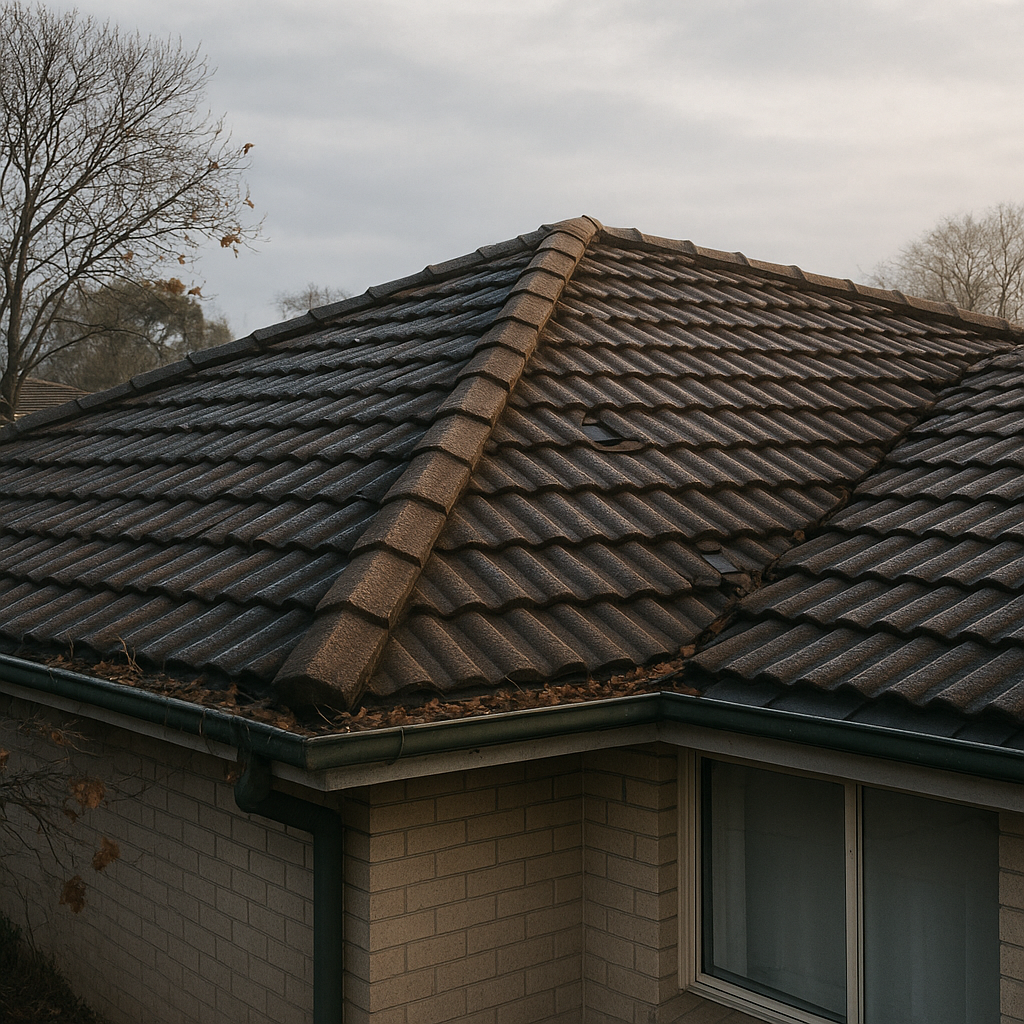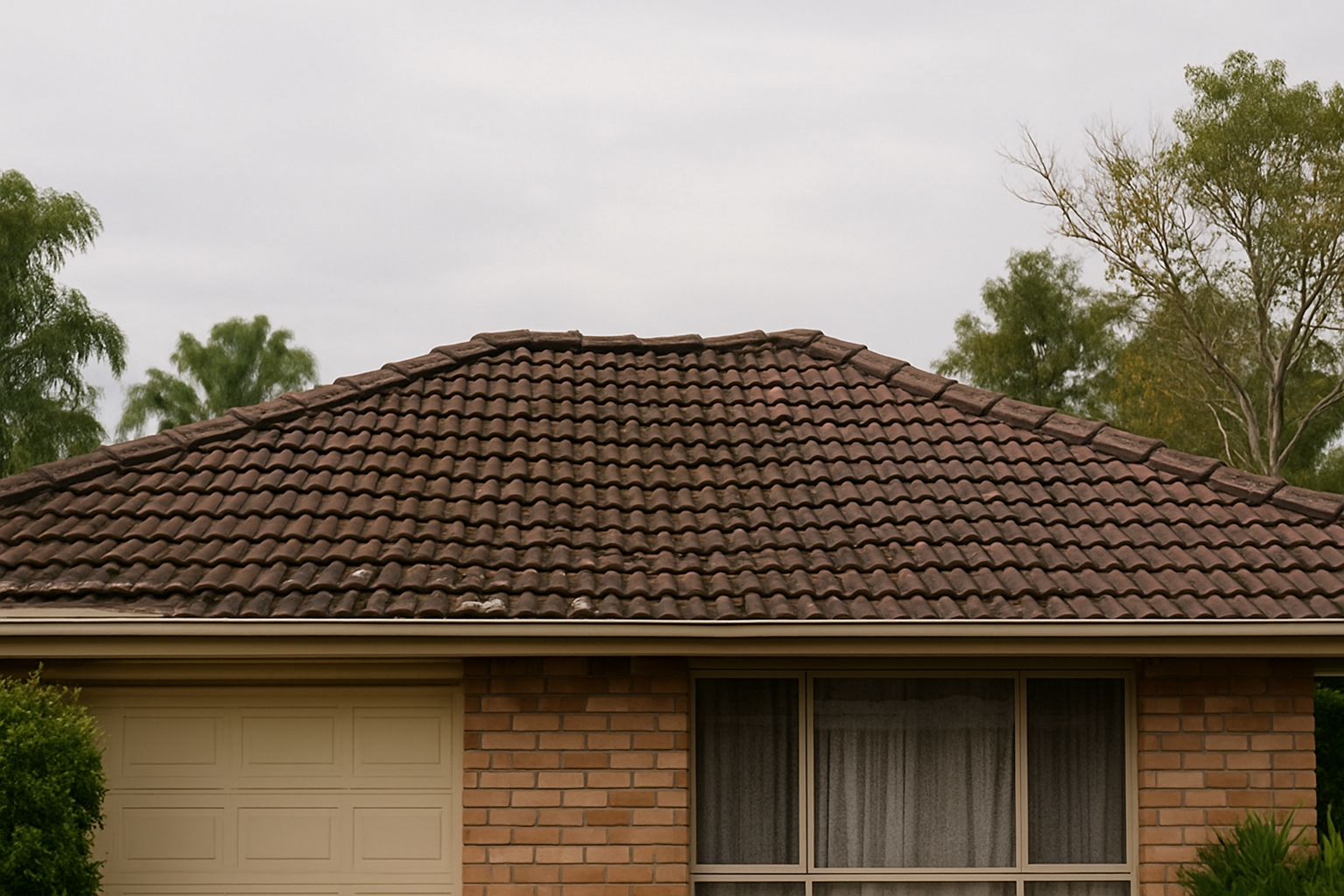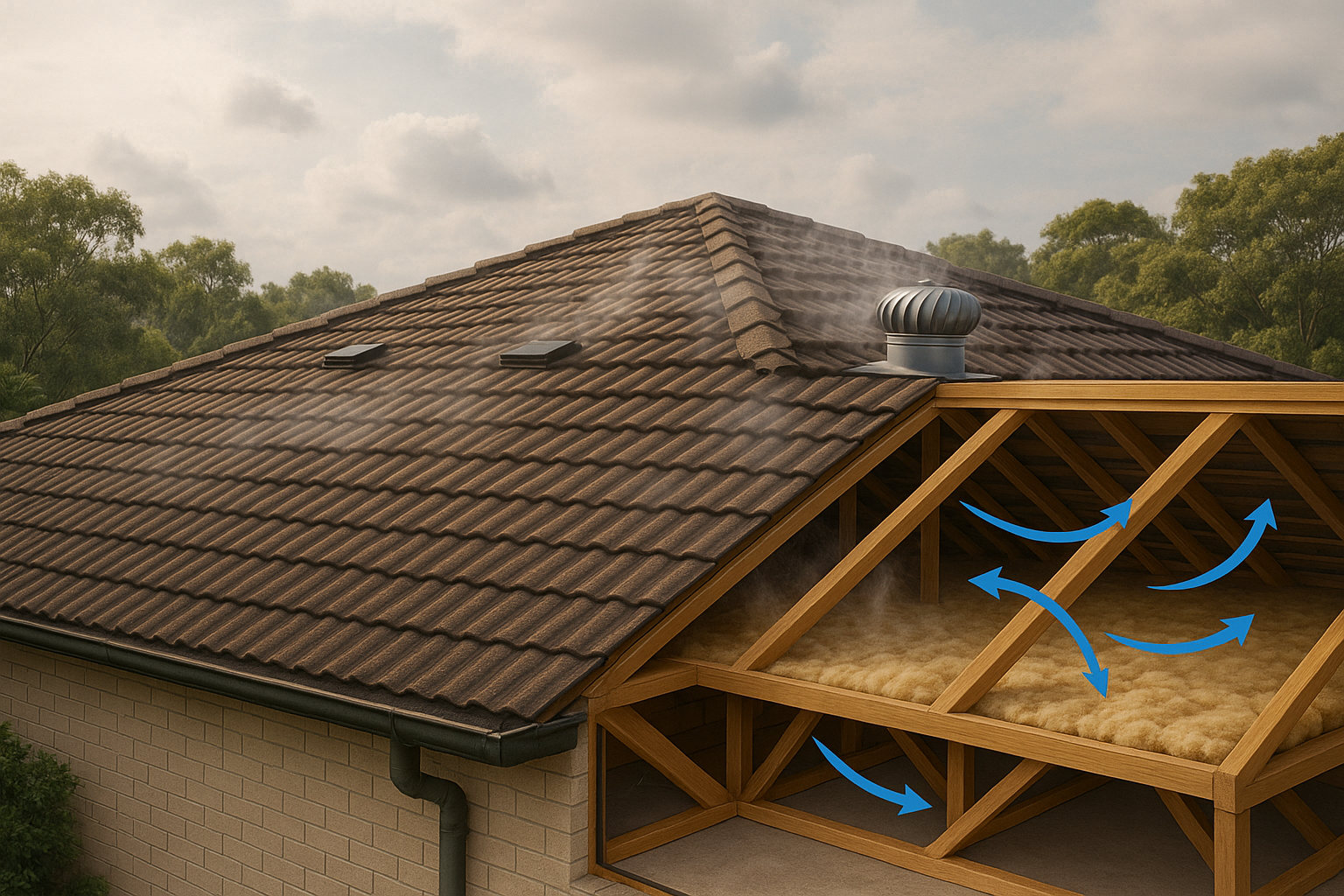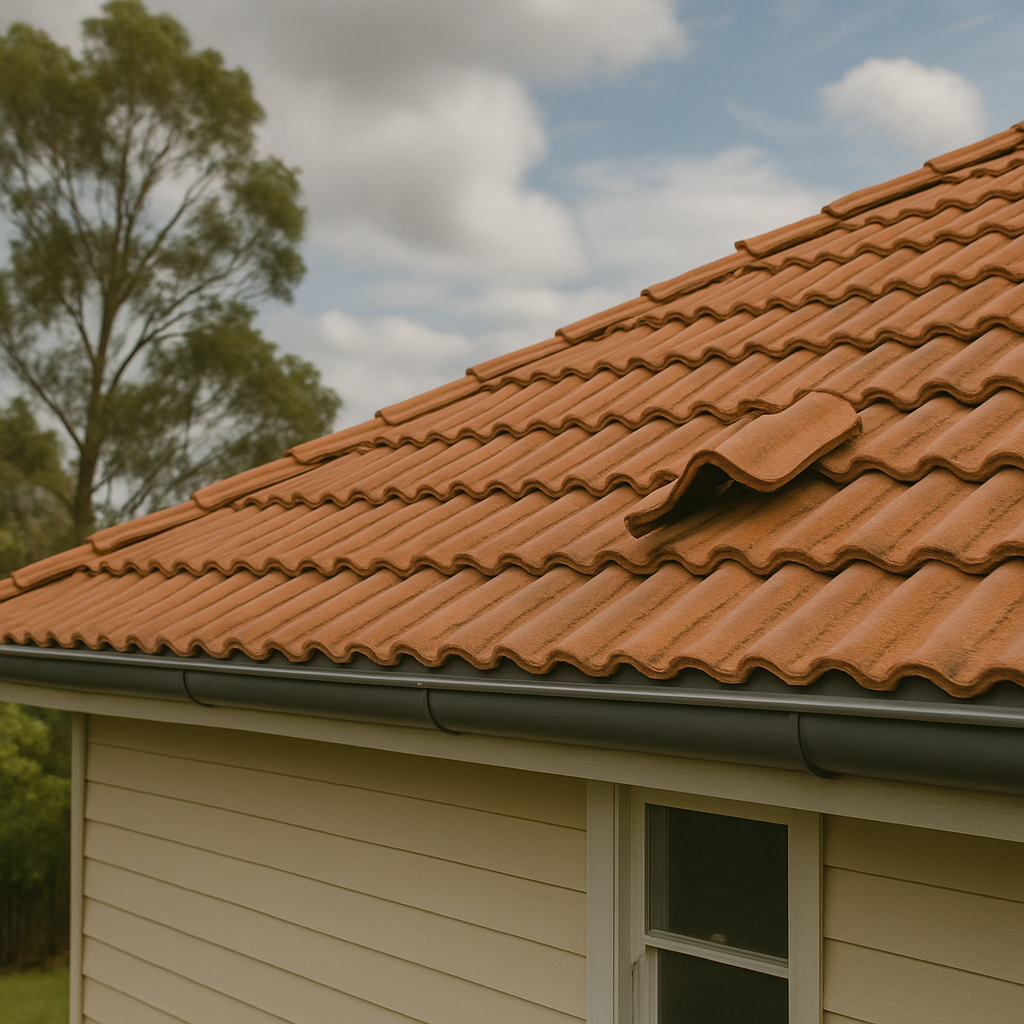You wake up to the pitter patter of rain on the roof. At first it’s soothing but soon the pitter becomes a pit and the patter turns into a splash. Uh oh. You grab an umbrella and flashlight to investigate. Yup, it’s a leak. Don’t panic, we’ve got your back. Leaky roofs are a pain but with our guide to finding and fixing tile roof leaks in Brisbane, you’ll be high and dry in no time. We’ll walk you through inspecting for damage, locating the source, choosing materials and making repairs so you can sleep through the next storm. No need to lose your head, we’ve got tips from the experts to handle any leak. Let’s get started and get your roof back in shape.

Identifying Roof Leaks – Signs to Look Out For
Water Stains or Discolouration
One of the most obvious signs of a roof leak is water stains or discolouration on your ceilings or walls. These unsightly marks can range from small spots to large blotches, and often indicate an active or recurring leak. Pay close attention to any new stains appearing, as they may signal a developing issue with your roof.
Musty Odours
Another telltale sign of a leaky roof is a musty, damp smell permeating your home. This pungent odour is caused by moisture buildup, often the result of a hidden leak. If you notice a persistent, unpleasant smell, especially after heavy rain or storms, it’s time to investigate your roof for potential problems.
Peeling or Bubbling Paint
When water seeps through your roof, it can cause paint or wallpaper to peel, bubble, or become discoloured. This is a clear indication that moisture is getting into your home, and the source is likely a roof leak. Keep an eye out for any changes in the appearance of your walls or ceilings, as they may be warning signs of a more significant issue.
Exterior Roof Damage
Sometimes, the signs of a roof leak can be visible from the outside. Look for missing or damaged tiles, as well as any gaps or holes in your roof’s surface. Additionally, check for any debris or vegetation buildup in your gutters or downspouts, as these can cause water to back up and seep into your roof.
Mould or Mildew Growth
If you spot mould or mildew growth on your walls, ceilings, or even in your attic, it could be a sign of a roof leak. These fungi thrive in damp, humid conditions, and their presence often indicates a moisture problem that needs to be addressed promptly.
By being aware of these common signs, you can catch roof leaks early and take action to prevent further damage to your home. Don’t hesitate to contact a professional roofing contractor like Storm Call Roofing Projects Pty Ltd for a thorough inspection and repair services.
Pinpointing the Exact Location of a roof leak brisbane
Inspect Thoroughly Inside
The first step is to go inside and do a thorough inspection. Look for any water stains, damp spots, or mould growth on ceilings and walls. These are tell-tale signs of a leak from above. Remember, water can travel some distance before becoming visible. So don’t just focus on the area directly underneath the roof leak.
Check the Roof Exterior
Next, head up to the roof for an external inspection when it’s safe and dry. Look for any cracked, broken, or missing tiles. Also check for gaps, holes, or deteriorated areas around vents, skylights, and other roof penetrations – prime spots for leaks.
Use a Water Hose Test
If you still can’t pinpoint the leak’s exact location, a water hose test can help. On a dry day, have someone run a hose over different sections of the roof while you watch inside. The area where water starts dripping through will reveal the leak’s source.
Know When to Call Professionals
Tracking down roof leaks can be tricky, especially on larger or complex roofs. If DIY methods fail, don’t hesitate to call professional roofers like Storm Call Roofing. Their expertise with leak detection tools like moisture metres and thermal imaging cameras can quickly locate even hidden leaks.
Using related terms like “roof leak detection”, “roof moisture inspection”, and “tile roof leak repair brisbane” throughout helps optimise this for relevant local searches. The casual, conversational style aims to connect with homeowners dealing with this common roofing issue.
Repairing Tile Roof Leaks – storm call Methods and Materials
Locating the Leak
Finding the source can be tricky with tile roofs. Water often travels before dripping inside. Use a keen eye to spot cracked, damaged or missing tiles. Check for moisture trails, mould and rotting timber – these are clues to the entry point.
Inspect problem areas during rain if possible. This allows you to pinpoint exactly where it’s coming in. Pay close attention to roof penetrations like vents, skylights and chimneys. These are common culprits.
Temporary Waterproofing
While you prepare materials, it’s wise to temporarily waterproof the trouble spot. Use a quality roof sealant or plastic tarp secured with adhesive. This buys time by preventing interior damage until the permanent fix is complete.
Tile Replacement and Repair
Cracked or broken tiles must be replaced. Remove any damaged pieces along with surrounding bedding material. Slide in the new tile, securing it with compatible mortar or sealant.
For minor cracks, you may be able to repair rather than replace. Carefully apply a flexible roof sealant over the crack. Use a quality polymer-based product designed for tiles.
Flashing Fixes
Deteriorated flashing is another frequent leak culprit. Remove old material and replace with new galvanised or lead flashing. Seal overlaps and edges using a premium polyurethane sealant.
Quality Materials Matter
Use only materials rated for roofing applications. Standard sealants and mortars won’t withstand the harsh Queensland climate. Invest in quality polymer-based products from trusted brands. It’s the key to a durable, long-lasting repair.
Conclusion
So there you have it, a few simple steps to tackle those pesky tile roof leaks without breaking the bank or losing your mind. Don’t let a bit of water ruin your day – grab your ladder, give the roof a thorough check, pinpoint the problem, and either patch it up yourself or call in a pro if it’s beyond your DIY comfort zone. The sooner you deal with it, the less damage will be done. And remember, even tile roofs need some TLC every now and then to keep them leak-free for years to come. Stay dry and keep smiling through any storms that head your way!






